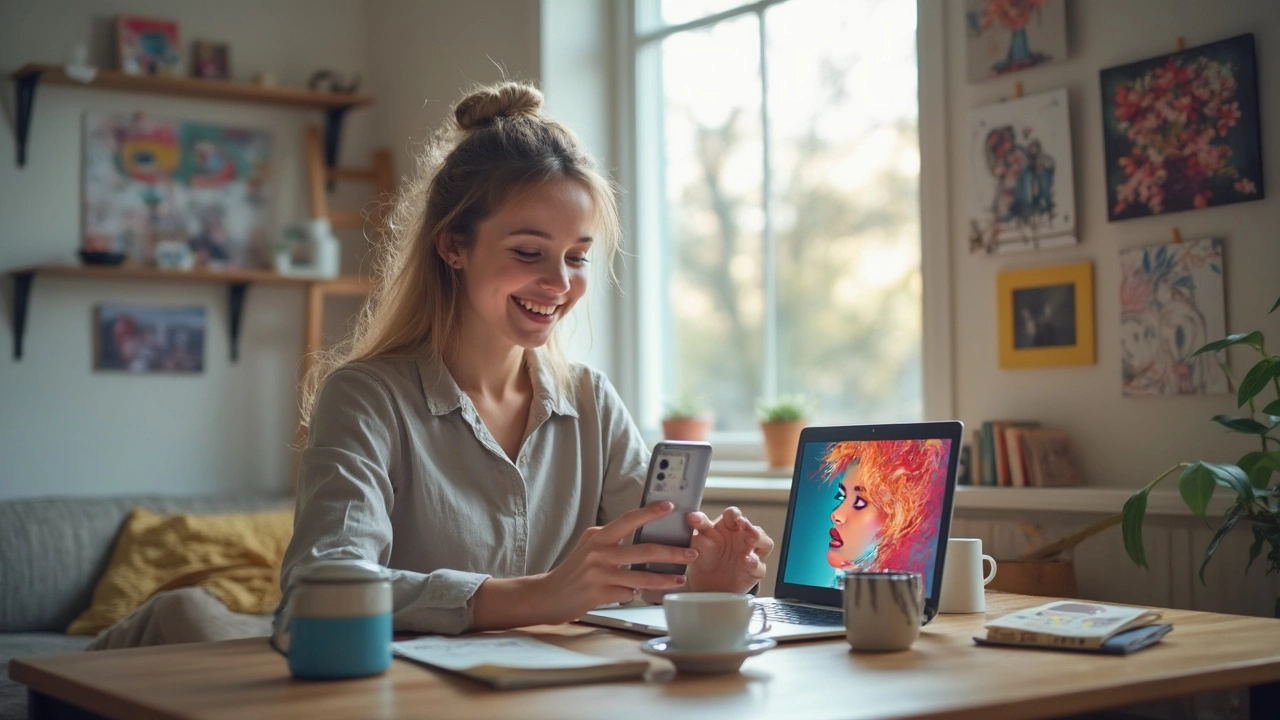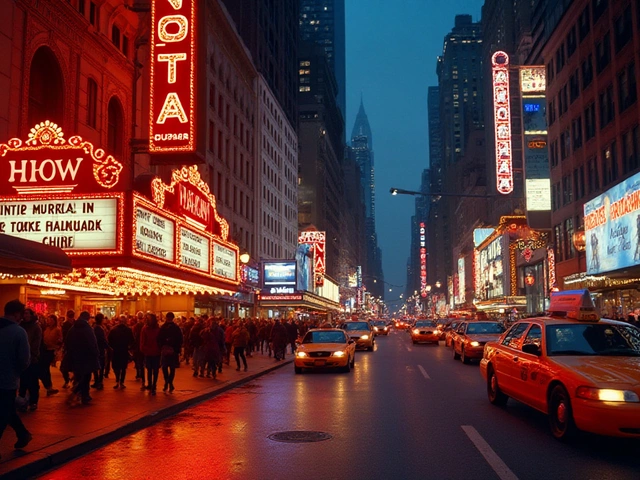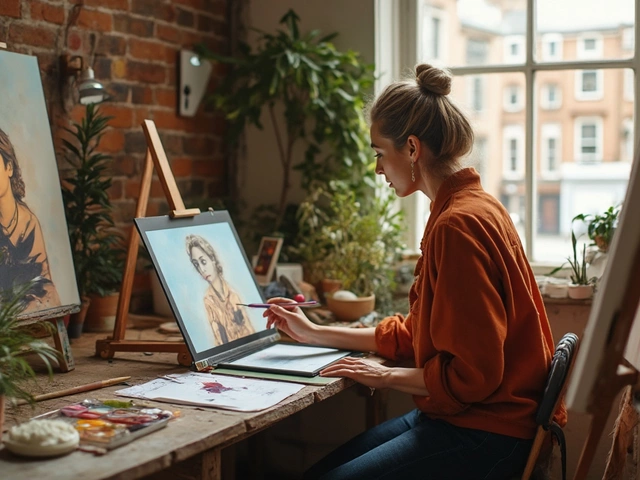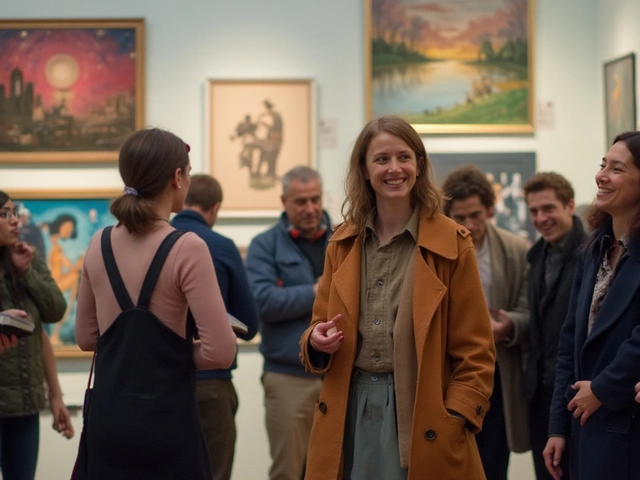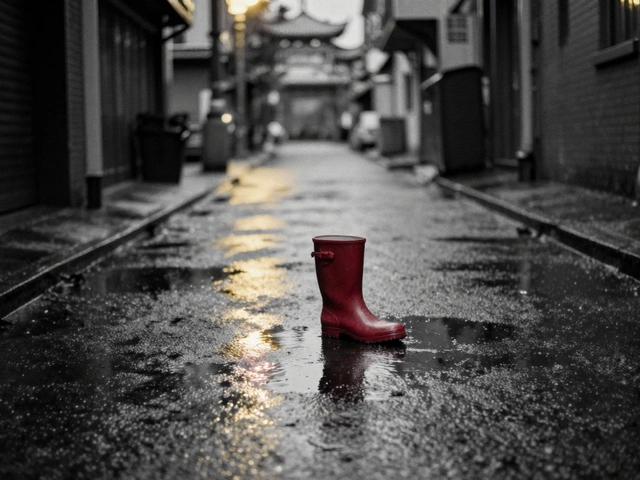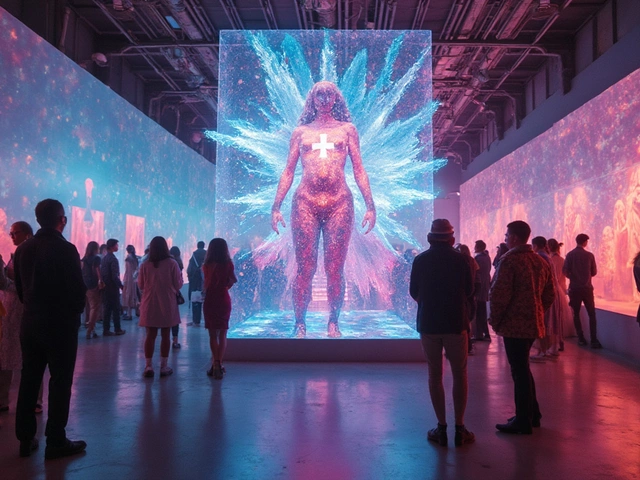Ever scrolled through Instagram and wondered how people get those wild cartoon or painterly versions of their selfies? The cool part—most of them aren’t painting by hand. They're using apps or software that will zap a regular photo into something that looks like it came straight off an art gallery wall. And you don’t need fancy hardware or a drawing tablet to start.
Most of the popular digital art you see online comes from regular pictures. You can turn a snapshot of your pet, your kid, or even last night’s burger into digital art in ten minutes or less. The secret? There are apps—some free, some paid—that do the heavy lifting for you. All you really need is a decent quality photo and a phone or computer.
If you’re trying this for the first time, don’t stress. You don’t have to know your way around Photoshop. In fact, tools like Prisma, Picsart, and even Canva have made it almost embarrassingly easy. You upload a photo, pick a style or filter, and watch it transform. If you want more control, programs like Procreate (on iPad) or Adobe Fresco let you draw or paint over your base photo with digital brushes. But you can start small and get great results.
- Why Turn Photos Into Digital Art?
- Best Apps and Software You Can Use
- Easy Step-by-Step Conversion Process
- Personalization and Style Tips
- Common Problems and How to Fix Them
Why Turn Photos Into Digital Art?
If you've ever snapped a photo and thought, "This could look cooler," you're not alone. People turn regular photos into digital art for all kinds of reasons, and it’s not just about looking fancy on social media.
First up, digital art shouts personality. You can take a simple selfie or family photo and make it totally unique, whether you pop on a cartoon filter or go for a bold painting style. Artists have used this trick to stand out online and build a style that gets noticed.
It’s also super practical. Businesses use digital art for logos, marketing images, or custom products. Last year, the global digital art software market was worth more than $2.5 billion—and growing. That means more people and companies are using these tools every day.
There’s an extra bonus: digital art is easy to tweak. Messed up your photo? Just hit undo and try a different look. If you’re like me, and your kid Bryce sometimes photobombs your shots, you can fix things without starting over.
- Affordable and fast—no need to hire an artist for every project.
- Great for making gifts, profile pictures, or posters.
- Beginner-friendly: you don’t need to be a pro to get nice results.
- Can be used for both personal fun and serious projects.
| Application | Purpose | Ease of Use |
|---|---|---|
| Personal Photos | Social Media, Gifts | Easy |
| Business Use | Branding, Marketing | Moderate |
| Creative Projects | Portfolios, Art Prints | Easy to Advanced |
No matter your reason, the move to convert image to digital art is quick and way more accessible than it used to be. If you know how to use a smartphone, you’re set to start making digital art that pops.
Best Apps and Software You Can Use
If you’re looking to convert image to digital art, you don't have to spend a fortune or learn complicated programs. There are tons of apps and software out there for every device and skill level, and some of them are totally free. Let’s sort them into a few handy groups:
- Quick and Easy Apps: These do all the work for you. Upload a photo, slap on a filter, and you’re done.
- More Advanced Software: Take control. Tweak every detail, paint over the photo, or create mash-ups.
- Online Tools: Great if you don’t want to download anything. Just use your browser.
Here are some crowd favorites, with a quick at-a-glance comparison:
| App/Software | Platform | Free? | Main Features |
|---|---|---|---|
| Prisma | iOS, Android | Limited free | Dozens of wild art styles; works super fast |
| Picsart | iOS, Android, Web | Free and paid | Art filters, drawing, text overlays; easy to use |
| Adobe Photoshop Express | iOS, Android | Free basic, paid premium | One-click art filters, detailed editing |
| Procreate | iPad | Paid | Draw and paint from scratch or on photos; pro brushes |
| DeepArt, Fotor, Canva | Web | Free and paid | Instant style transfer, templates, simple controls |
Picsart and Prisma are big picks for people who want results in less than a minute. If you like drawing, Procreate is seriously fun, and lets you take a photo and paint right on top of it. With apps like Fotor and Canva, you just upload your picture, pick an art filter (like watercolor or sketch), and hit download.
Most of these tools pitch updates all the time. Back in 2024, Prisma boasted over 120 different art styles alone! Canva and Fotor also keep adding new digital art features, pushing more options to non-artists. According to
"The boom in easy-to-use digital art tools has opened the door for millions of people to create art without a learning curve," says Wired magazine.
If you’re after recommendations, try a free version or web tool first—see what you like before splurging. My kid Bryce made his first digital portrait with Canva at age nine, just by clicking a few buttons. And if a nine-year-old can master it, you’ll have no trouble either.
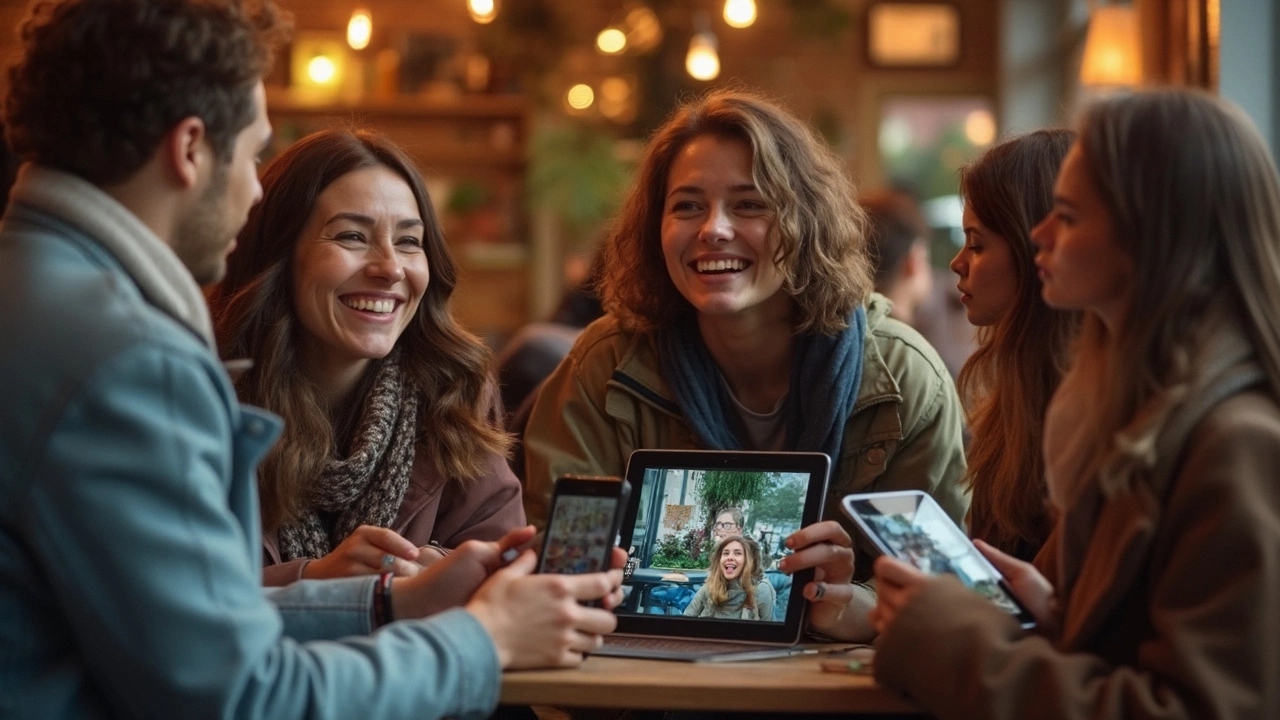
Easy Step-by-Step Conversion Process
If you want to convert image to digital art, you don’t need to be a pro. You can follow some super simple steps and see your photo turn artistic right away. Most of the time, you just need a decent phone or computer and a bit of curiosity. Here’s exactly what to do:
- Pick Your Photo. Go with a shot that’s clear and well-lit. Blurry or dark images usually don’t come out great after editing. Portraits, pets, and cityscapes work especially well for digital art filters.
- Choose Your Tool. There’s no shortage of options. On your phone, try Prisma, Picsart, or ToonMe—these are super popular and take only seconds. On your computer, you can use Photoshop for more muscle, or a free online tool like DeepArt or Photopea if you’re keeping it simple. If you love drawing, you can use Procreate on the iPad or Adobe Fresco for full painting control.
- Upload the Image. Open your app or site of choice and simply import your photo. Usually, it’s as easy as tapping a plus sign.
- Pick a Style or Effect. Here’s where things get fun. Most apps let you apply styles—anything from Van Gogh swirls to cartoon looks or watercolors. Try out a few and see what fits best. You can always undo if you don’t like the result.
- Tweak and Save. Most tools let you adjust intensity, brighten things up, or even erase effects from areas you don’t like. Once you’re happy, hit save, and boom—it’s digital art.
Quick pro tip: The higher the photo quality when you start, the better your digital art looks. If you’re thinking about printing it for a wall, start with the largest version of your photo you can find. Apps usually lower the output size, so check the settings if you care about resolution.
Want a breakdown of how long each step might take and which tools are the fastest? Check out this quick comparison:
| Tool | Average Time (mins) | Skill Level | Mobile/Desktop |
|---|---|---|---|
| Prisma | 3 | Beginner | Mobile |
| Picsart | 5 | Beginner | Both |
| Photoshop | 15–25 | Intermediate | Desktop |
| Procreate | 30+ | Advanced | iPad |
| DeepArt | 4 | Beginner | Web |
You really don’t need to agonize over the tech. Find an image you love, load it up, play with the options, and you’ll have digital art worth sharing (or even printing) in no time.
Personalization and Style Tips
Once your photo is converted, the fun really begins. This is where you can make your digital art stand out from all the basic templates everyone else is using. Want your image to look straight out of a comic book? Or maybe you want a watercolor effect that pops on a living room wall? Most apps let you tweak the final look until it's exactly how you want it.
- Play with Filters: Don’t stick with the first one you try—sometimes the fourth or fifth filter is the one that nails the vibe you’re after.
- Adjust Saturation and Contrast: Making colors brighter or shadows deeper can totally change the mood of your art.
- Layer Effects: Apps like Picsart or Photoshop Mix let you stack effects for a custom combo. Bryce once turned a boring park photo into something that looked half-cartoon, half-graffiti wall—he just kept piling on styles until it felt right.
- Add Text or Graphics: If you want this printed as a mug or phone case, splash your name, a favorite quote, or some icons on it.
If you’re getting picky, almost every program will let you use a brush or an eraser. You can add highlights, touch up eyes, or totally redraw parts that got weird in the conversion. On an iPad with Procreate, you can even control how smooth your brush lines look, making it easy for anyone—even if you can't draw a straight line on paper.
Curious how others are personalizing their digital art? Here’s a quick look at the most popular styles people are choosing according to 2024 survey data from Unsplash and Canva:
| Style Name | Popularity (%) |
|---|---|
| Watercolor | 31% |
| Cartoon/Anime | 27% |
| Oil Painting | 18% |
| Pop Art | 13% |
| Line Art | 11% |
Here's one more trick: once you have your final image, export it in the highest quality your app allows. That keeps everything crisp if you want to print it big. Also, save a backup of the original—if you ever want to try a different convert image to digital art style, you won't have to start over from scratch.
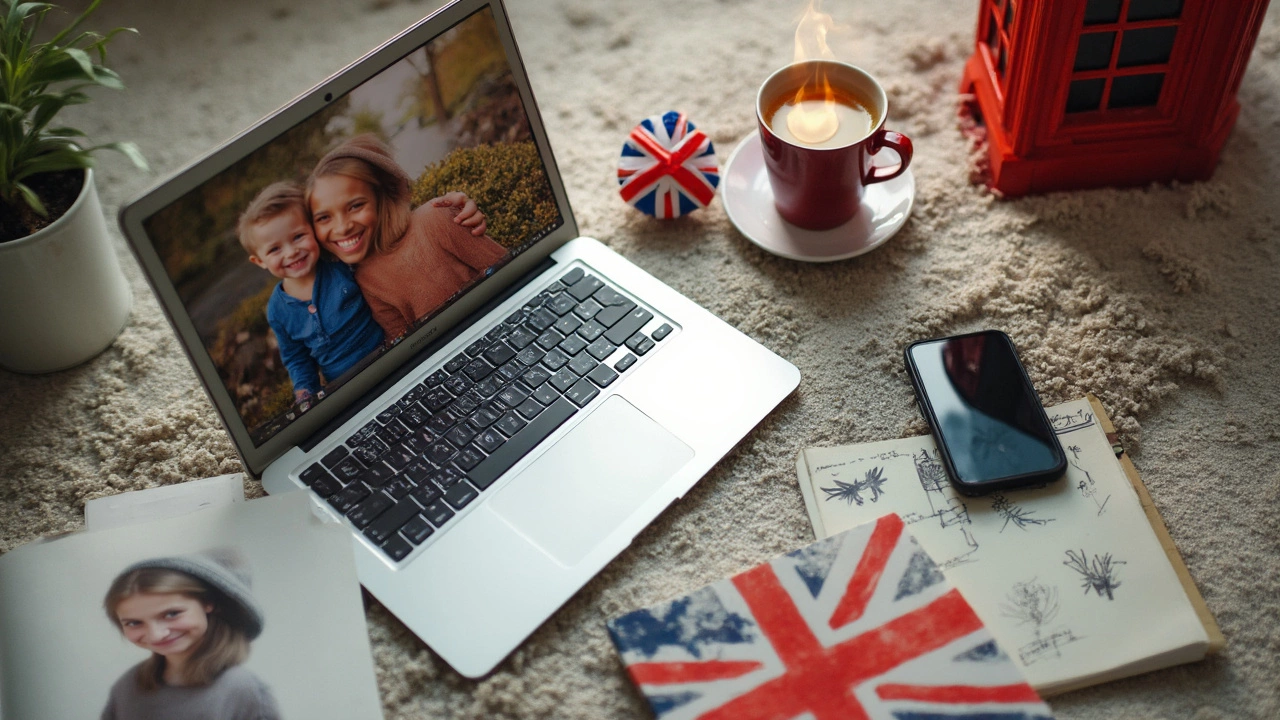
Common Problems and How to Fix Them
Converting images to digital art sounds easy, but you’ll probably hit a few snags. The cool thing? Most problems pop up for everyone—not just beginners. Here’s what to watch out for and how to fix it fast.
- Blurry Results: If your digital art looks soft or pixelated, blame the original photo. High-res images turn out sharper. Snap your pics on the best setting your camera allows. If you only have a low-res image, try running it through a free upscaler tool online (like letsenhance.io) before loading it into your art app.
- Faces Look Weird or Glitchy: Automated filters sometimes squash eyes, mess up hair, or even miss faces. If you spot this, it’s usually because the photo is dark, faces are at an angle, or there’s a lot going on in the background. Crop tight around your subject, bump up brightness, and test a different style filter if your app has options.
- Unnatural Colors: Some photo-to-art filters go wild with color—think purple skin or green pets. That’s fine for fun, but if you want a natural vibe, stick to presets labeled "portrait" or "classic" rather than "fantasy" or "pop art." Apps like Prisma and Picsart give you tons of presets; play around until you land on something you like.
- Extra Noise or Artifacts: Jagged lines or random blobs show up a lot, especially if you over-edit. If your digital art looks crunchy, dial down the intensity slider or switch to a gentler effect. This is common in AI-driven filters.
- File Size Too Big or Small: Some apps shrink your image, others explode it into huge files. If you want to print your digital art, make sure the final image has at least 1800 x 2400 pixels (about 8x10 inches at 300dpi). Double-check export settings before saving. Canva and Procreate both let you set custom output sizes.
Here’s a quick look at what problems pop up most—plus easy fixes:
| Problem | Why it Happens | How to Fix |
|---|---|---|
| Blurry Artwork | Low-res source photo | Use higher-res photos; try online upscaling tools |
| Weird Faces | Poor lighting, strange angles, busy backgrounds | Cropping, brighten photo, test different filters |
| Strange Colors | Effect or filter too extreme | Pick natural-style filters; lower intensity |
| Jagged Edges | Over-editing, heavy filters | Use softer effects; reduce strength |
| Wrong File Size | Exported too small or large | Set output size before saving |
One last thing: always save the original photo and test in a couple different convert image to digital art apps if your first try falls flat. Different tools process images differently—so what looks funky in one app might look awesome in another.
